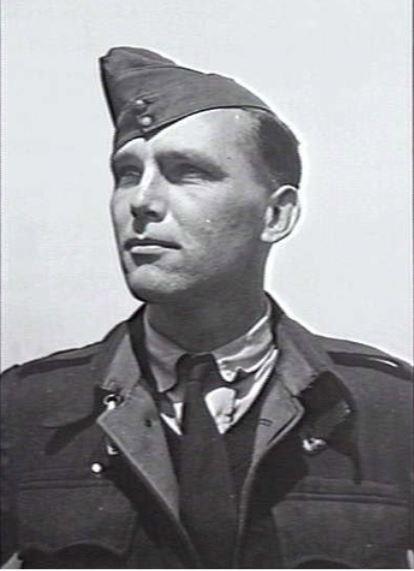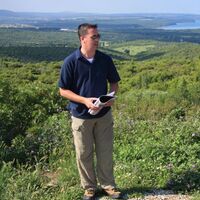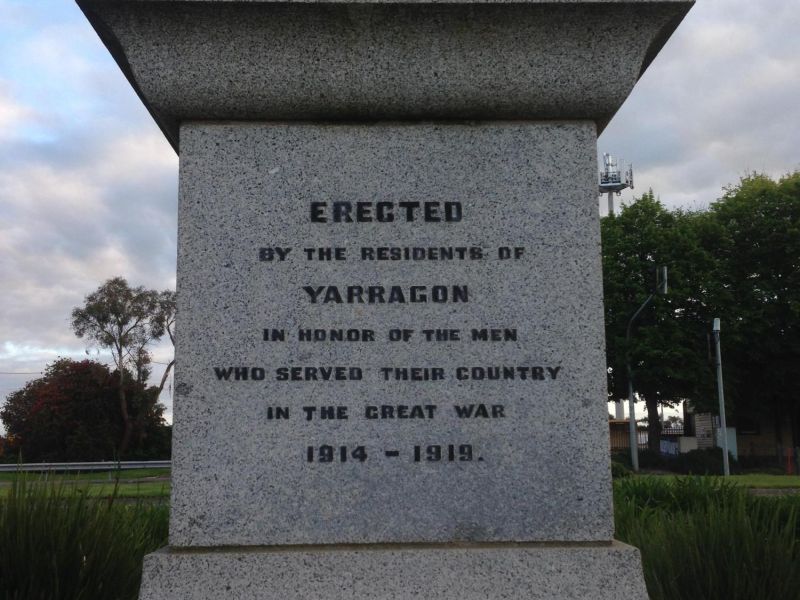Remembering Hugh Kilday

As part of the Empire Air Training Scheme, Hugh Kilday was one of almost 27,500 RAAF pilots, navigators, wireless operators, gunners, and engineers, who, throughout the course of the war, joined Royal Air Force squadrons or Australian squadrons based in Britain.
Body:
Hugh Kilday was born in Yarragon, Victoria on 19 June 1913, the son of Laurence and Margaret Kilday.
He grew up in the area and attended Yarragon State School. He went on to attain his leaving certificate with honours at high school.
By the time the Second World War began Kilday was working as a delivery driver for the bakery in Yarragon.
His initial attempt to join the Royal Australian Air Force in early 1941 met with failure, but he tried again later that year and was accepted for aircrew training. He qualified as an air observer in October 1942 and was promoted to sergeant.
In November, Kilday embarked for Canada. As part of the Empire Air Training Scheme, he was one of almost 27,500 RAAF pilots, navigators, wireless operators, gunners, and engineers, who, throughout the course of the war, joined Royal Air Force squadrons or Australian squadrons based in Britain.

In Canada, Kilday underwent further training, before being sent to England in 1943. Here, he qualified as a navigator. In late November 1943 he was sent to a heavy bomber conversion unit and met John Breed, a qualified bomber pilot from Western Australia. The two became crewmates and were soon firm friends. Their crew was completed by four British servicemen from the Royal Air Force Volunteer Reserve. The men spent many hours flying Stirling Bombers and gelled as a team.
In late April 1944 Breed, Kilday, and their crewmates were posted to No. 196 Squadron, RAF, at Keevil in Wiltshire. They found their new home a hive of activity as 196 Squadron was heavily involved in training with British paratroopers and glider troops for the impending invasion of France.
As it turned out, bad weather delayed the invasion by 24 hours. At 11.20 pm on 5 June 1944, 23 Stirlings of 196 Squadron took off from Keevil, bound for Normandy. Aboard each aircraft were up to 20 paratroopers and their equipment. As the aircraft crossed the Normandy coastline, German anti-aircraft fire lit up the sky. On reaching their jump point near Ranville, the paratroopers exited the aircraft. Their job done, the aircraft of 196 Squadron turned for home. The squadron lost one aircraft, which was shot down, but the remaining 22 Stirlings returned to England.
During a leave break in early July, Kilday was best man at Leonard Breed’s wedding in Yorkshire.
Over the next few months Kilday continued to fly with Breed on training missions as well as resupply operations to resistance forces in Norway and France.
Kilday took part in Operation Market Garden in September. No. 196 Squadron was involved in flying British airborne forces into Holland on 17 September. In the ensuing days numerous resupply operations were flown to Arnhem to assist the besieged British paratroopers.
In between major operations, No. 196 Squadron returned to flying support operations for the Special Operations Executive and assisting resistance forces in occupied Europe.
Kilday’s next major action occurred during Operation Varsity, the Allied airborne operation which captured ground ahead of the British and American advance across the Rhine in late March 1945. Following this historic event, the squadron returned to flying SOE operations until the end of the war.
When Germany surrendered on 8 May, the British began Operation Doomsday, which saw 196 Squadron taking British troops to Norway to disarm the large number of German troops still there. In the early hours of Thursday 10 May, which was also Ascension Day, Breed and his crew took off for Norway carrying 14 British paratroopers.
They encountered heavy weather over the North Sea, and low clouds meant severely limited visibility during the approach to Gardemoen Airport, located north of Oslo. The landing was aborted, and most of the Stirlings returned to England, but for an unknown reason, several of the aircraft continued on.
Around 1,500 metres from the runway, the Stirling piloted by Breed was witnessed emerging from the low cloud some 300 feet from the ground. The aircraft was seen to attempt an immediate climb, but lost power, plunged into the ground and burst into flames. Nearby locals rushed to the scene, but there were no survivors.
Two more Stirlings crashed that morning and 44 men were killed, among them was Hugh Kilday, who was 31years old.
Kilday's name is featured on the war memorial in Yarragon, Victoria.

